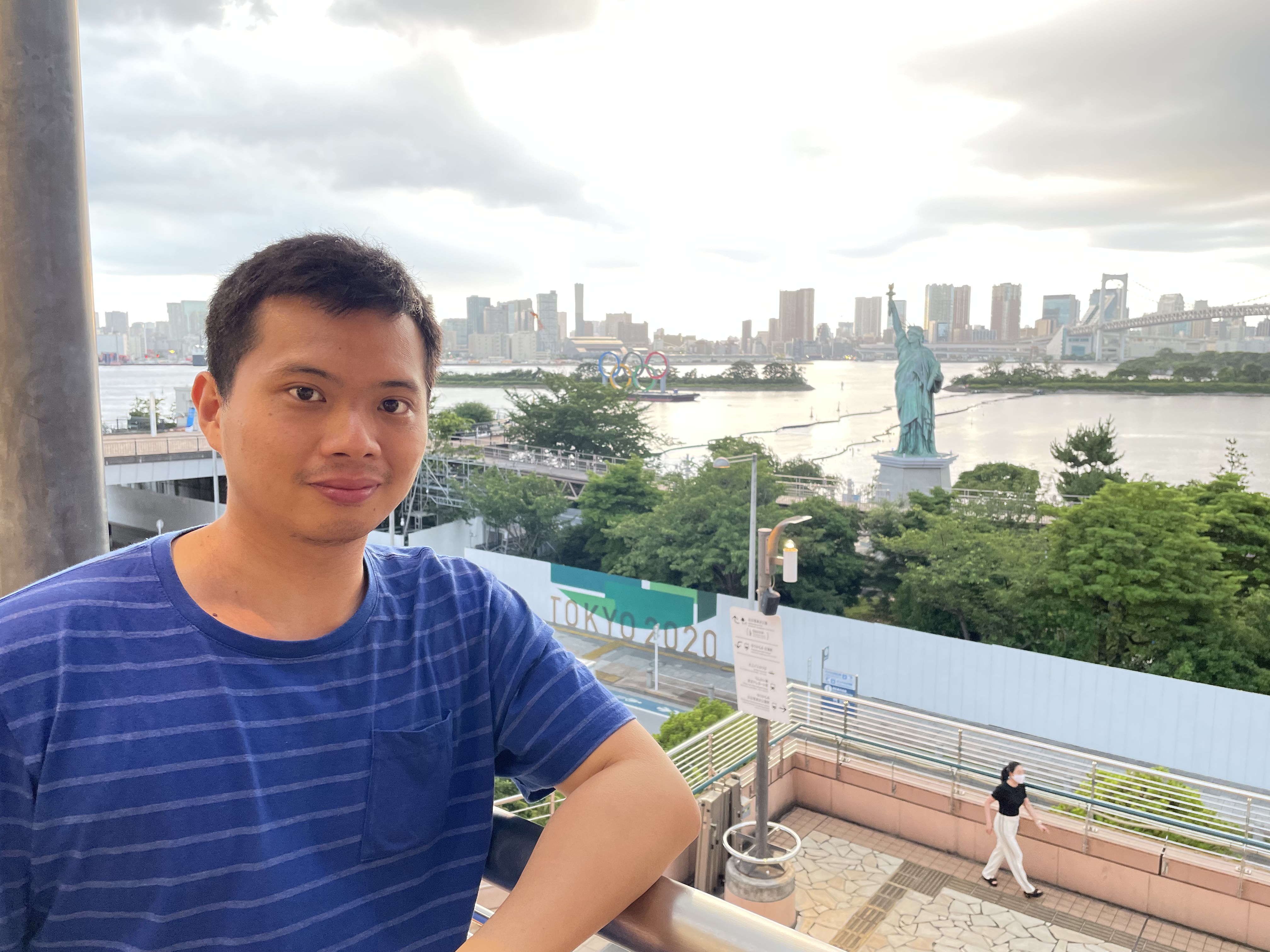
Hello! I'm Ong ChiaRui
I have been so fascinated by human ability in modelling of real world phenomena, especially fluid flows and clouds in the atmosphere, since young. It is truly amazing that these phenomena can be described by a set of equations, and by the help of a computer, human are able to develop some algorithms to solve the equations and reproduce what we see in the real world. It shows the triumph of the language of mathematics. I just cannot resist to motivate myself to learn more about the discovery of equations that describe the physics laws and development of algorithms.
I went to the National University of Singapore for my bachelor degree. And I developed my very first numerical model from sratch to study the one-dimensional flag in uniform stream in my final year project. I used matlab to write my code at that time. It is during my short three-month intership in Temasek Laboratory after my graduation that I started to learn Fortran and C coding in a systematic way.
After graduation from the National University of Singapore, I began to work as a quality control enginner in a private company manufacturing concrete. Although I just worked there for 1 year and my experience with the computational fluid dynamics did not help me at all, it was really a fun experience. I came to know how actually the concrete is made, how to test the quality of the concrete, the whole macnufacturing process of the concrete, and management of workers who help me take samples and check whether the concrete is properly transfered from the truck to the construction site. I also made some good friends in the company. It is an entirely exciting journey for a guy who only sit in front of a computer writing thousands lines of code during his undergraduate study.
After a year working in the concrete company, I was lucky enough to get a scholarship to study in Japan! I spent my next 5.5 years of my life as a graduate student in the deparment of Earth and Planetary Science at the University of Tokyo. As I was familiar with a numerical method called Immersed Boundary Method (IBM) that enable one to simulate fluid flows around somethings with flexible shape, I began to work on simulations of falling raindrops. This was my first time to write a code in the Fortran language. In the end, I was just successfully able to make a 2D and axis-symmetric version of my model and went on to publish three papers. Currently further studying parametric spline theory to make my model three dimensional in order to simulate big raindrops.
In the mean time, after graduation, I went to a different lab and work on the implementation of microphysics scheme that can predict the time evolution of snow crystals into a regional atmospheric LES model for future high resolution numerical studies of Arctic clouds. I published a paper about my implementation and improvement of the advection scheme. I am about to publish another paper using this model that focuses on the impact of different types of ice particles on Arctic clouds.
I am a guy who is addicted to simulations of real world phenomena. Recently, learning the mathematics behind AI becomes a routine during my free time.